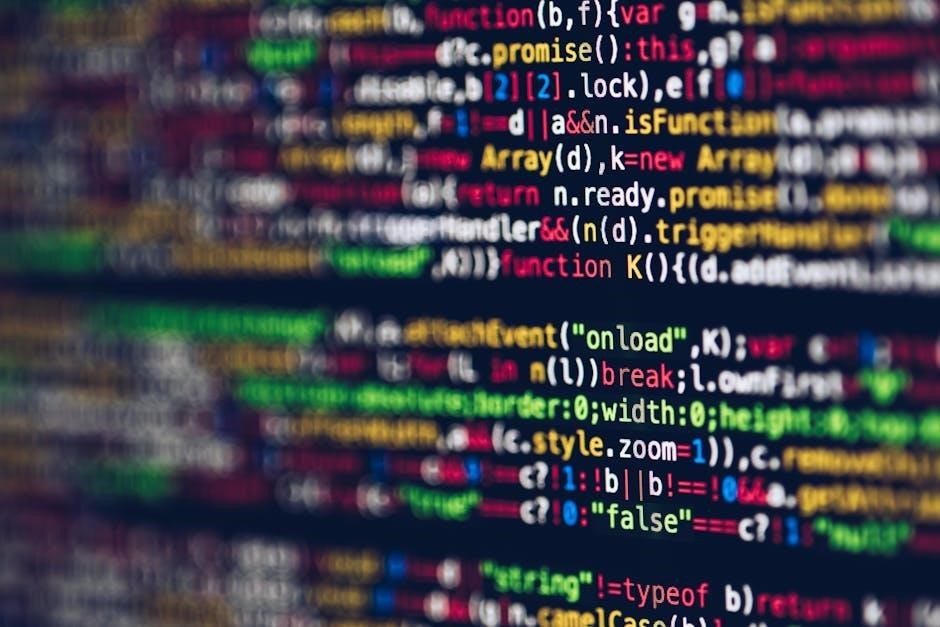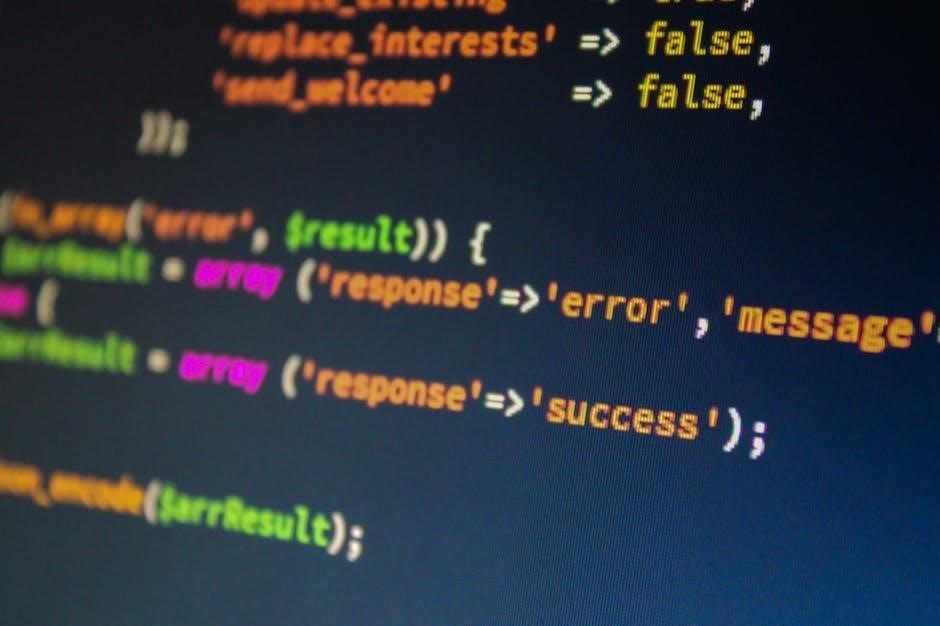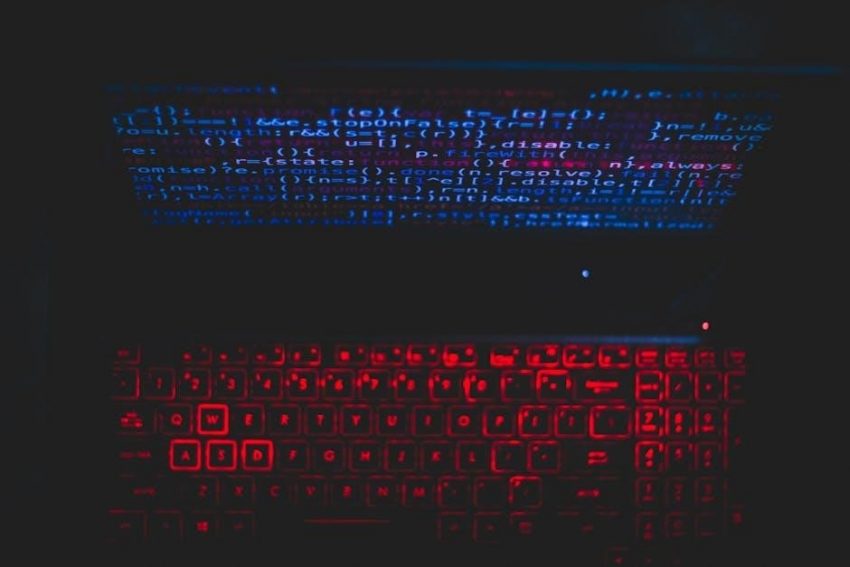CPT codes for ultrasound-guided breast biopsies are essential for standardized medical billing. They ensure accurate reimbursement and documentation, guiding needle placement precisely. This enhances diagnostic accuracy and patient care.
1.1 Overview of CPT Codes and Their Importance in Medical Billing
CPT (Current Procedural Terminology) codes are standardized codes used to describe medical, surgical, and diagnostic services. They play a crucial role in medical billing, ensuring accurate and uniform documentation of procedures. These codes facilitate communication between healthcare providers, insurers, and patients, making the billing process efficient. Accurate CPT coding ensures proper reimbursement and compliance with regulatory guidelines. For ultrasound-guided breast biopsies, specific CPT codes help differentiate procedures, such as the number of lesions treated. This system promotes transparency and consistency in healthcare billing, reducing errors and streamlining administrative processes.
1.2 Role of Ultrasound Guidance in Breast Biopsy Procedures
Ultrasound guidance plays a critical role in breast biopsy procedures by providing real-time imaging to precisely locate lesions. This method enhances diagnostic accuracy, reducing the risk of complications. It allows for minimally invasive tissue sampling, improving patient comfort and recovery times. Ultrasound guidance is particularly valuable for non-palpable or deep-seated lesions, ensuring accurate needle placement. Its use eliminates the need for ionizing radiation, making it a safer option. Overall, ultrasound-guided biopsies improve outcomes, reduce costs, and streamline the diagnostic process, making it a preferred method in modern healthcare settings.
Specific CPT Codes for Ultrasound-Guided Breast Biopsy
CPT codes 19083 and 19084 are used for ultrasound-guided breast biopsies, distinguishing between the first lesion and additional lesions, ensuring accurate billing and documentation.
2.1 CPT Code 19083: Ultrasound-Guided Breast Biopsy for the First Lesion
CPT code 19083 is used for an ultrasound-guided breast biopsy of the first lesion. This code applies to percutaneous needle placement under real-time ultrasound imaging, ensuring precise tissue sample collection. It covers the initial lesion biopsy, with separate codes for additional lesions. Accurate documentation is crucial for proper billing, as this code is specific to the first lesion’s procedure. It is essential for healthcare providers to understand the distinction between this code and others to avoid billing errors. This code ensures proper reimbursement for the procedure, reflecting its complexity and diagnostic importance.
2.2 CPT Code 19084: Ultrasound-Guided Breast Biopsy for Each Additional Lesion
CPT code 19084 is used for ultrasound-guided breast biopsy of each additional lesion beyond the first. This code applies when multiple lesions require sampling during the same procedure. It is billed separately for each additional lesion, ensuring accurate reimbursement for the complexity of the procedure. Proper documentation of the number of lesions biopsied is essential to avoid billing errors. This code reflects the incremental work involved in targeting and sampling additional lesions under ultrasound guidance, ensuring precise and efficient diagnostic care for patients with multiple suspicious findings.
Procedure Details and Coding Guidelines
Ultrasound-guided breast biopsy involves imaging to guide needle placement. Coding requires precise documentation of each lesion and accurate billing to ensure proper reimbursement and compliance with guidelines.
3.1 Description of the Ultrasound-Guided Breast Biopsy Procedure
An ultrasound-guided breast biopsy uses real-time imaging to direct the needle to the target lesion. The patient lies on their back or side, and the area is cleaned and numbed. Under ultrasound guidance, a small incision is made, and a needle or biopsy device collects tissue samples. This minimally invasive method ensures precise tissue collection, reducing discomfort and scarring. The procedure is highly effective for diagnosing breast abnormalities, including suspicious lesions detected during imaging exams, and provides tissue samples for pathological evaluation to determine malignancy or benignity;
3.2 Documentation Requirements for Accurate Coding
Accurate documentation is critical for correct coding of ultrasound-guided breast biopsies. Records must include the number of lesions biopsied, whether ultrasound guidance was used, and the procedure’s medical necessity. Distinction between initial and additional lesions is vital for coding 19083 and 19084 appropriately. Documentation should also detail the imaging modality used and any complications encountered. Complete and precise records ensure proper reimbursement and compliance with coding guidelines. Incomplete documentation can lead to denied claims or audits, emphasizing the importance of thorough reporting by healthcare providers.

Reimbursement and Billing Considerations
Reimbursement for ultrasound-guided breast biopsies depends on CPT codes 19083 and 19084. Payer policies, patient demographics, and procedure complexity influence payment rates. Compliance with insurance guidelines is crucial for accurate billing and avoiding claim denials.
4.1 Understanding Reimbursement Rates for Ultrasound-Guided Biopsies
Reimbursement rates for ultrasound-guided breast biopsies vary based on payer policies, patient demographics, and procedure complexity. CPT codes 19083 and 19084 are used to determine payment amounts, with rates influenced by geographic location and insurance coverage. Medicare and private payers often have distinct reimbursement schedules. Accurate coding is critical to ensure proper payment, as incorrect code usage can lead to claim denials. Healthcare providers should consult payer guidelines and fee schedules to understand expected reimbursement for these procedures. Regular updates to payment rates and policies require ongoing monitoring to maintain compliance and financial accuracy.

4.2 Compliance with Insurance Guidelines and Policies

Compliance with insurance guidelines is crucial for accurate reimbursement of ultrasound-guided breast biopsies. Payers often require pre-authorization and detailed documentation, including medical necessity and imaging confirmation. Coding must align with specific insurance policies, as incorrect or incomplete coding can lead to claim denials. Providers should verify patient eligibility and ensure all procedures meet payer-specific criteria. Additionally, staying updated on insurance policy changes and coding requirements is essential to maintain compliance and avoid reimbursement delays. Proper documentation of the procedure, including ultrasound guidance, ensures adherence to guidelines and supports timely payment.

Clinical Scenarios and Appropriate Use of CPT Codes
Ultrasound-guided breast biopsies are commonly used to diagnose breast cancer or evaluate suspicious lesions. CPT codes 19083 and 19084 are applied based on the number of lesions sampled, ensuring accurate billing for diagnostic procedures.
5.1 Diagnosing Breast Cancer and Lesions Using Ultrasound-Guided Biopsy
Ultrasound-guided breast biopsy is a critical diagnostic tool for evaluating suspicious lesions and confirming breast cancer. CPT codes 19083 and 19084 are used to bill for this procedure. Ultrasound imaging provides real-time guidance, enhancing the precision of needle placement and ensuring accurate tissue sampling. This method is particularly effective for lesions that are difficult to palpate or visualize through other imaging modalities. By combining imaging and biopsy in one session, it streamlines the diagnostic process, reducing patient anxiety and improving outcomes. Accurate coding is essential for proper reimbursement and reflects the procedure’s complexity and clinical value.
5.2 Coding for Benign vs. Malignant Lesions
CPT codes for ultrasound-guided breast biopsies remain the same regardless of whether the lesion is benign or malignant. Codes 19083 and 19084 are used based on the number of lesions biopsied, not the diagnosis. However, the final pathology report determines the appropriate ICD-10 codes for billing purposes. This distinction ensures that the focus remains on the procedure rather than the outcome, maintaining consistency in coding practices. Accurate documentation of the biopsy’s findings is crucial for correct reimbursement and patient records.
Recent Updates and Changes in CPT Coding for Breast Biopsy
Annual updates to CPT codes ensure alignment with medical advancements. New technologies, like improved imaging systems, may influence coding practices, requiring regular review of guidelines for accuracy.
6.1 Annual Updates to CPT Codes for Ultrasound-Guided Procedures
Annual updates to CPT codes ensure they reflect current medical practices and technologies. For ultrasound-guided breast biopsies, updates may involve new codes or revisions to existing ones, such as 19083 and 19084, to better align with procedural advancements. These changes often aim to improve specificity, accuracy, and reimbursement processes. Providers must stay informed about updates to maintain compliance and ensure proper billing. Regular reviews of CPT guidelines are crucial to adapt to evolving standards and technologies in ultrasound-guided procedures. These updates help streamline documentation and coding, enhancing overall efficiency in healthcare billing and patient care.
6.2 Impact of New Technologies on Coding Practices
New technologies, such as advanced imaging systems and biopsy tools, influence CPT coding practices for ultrasound-guided breast biopsies. Innovations like MRI-guided or robotic-assisted biopsies may require updated codes or modifiers to reflect enhanced precision and efficiency. Additionally, technologies like the PEM-Biopsy-System or endoscopic ultrasound-guided fine needle aspiration (EUS-FNA) expand procedural options, necessitating new coding guidelines. These advancements ensure accurate reimbursement and documentation, promoting adherence to current medical standards. Staying updated on technological developments is crucial for healthcare providers to maintain compliant and efficient coding practices in breast biopsy procedures.

